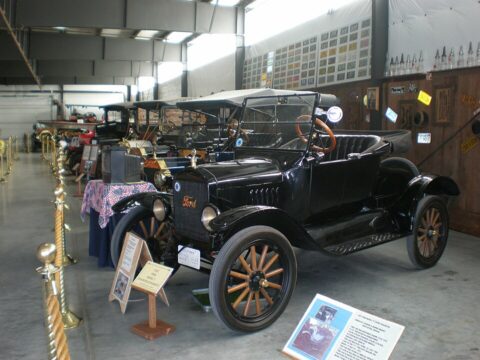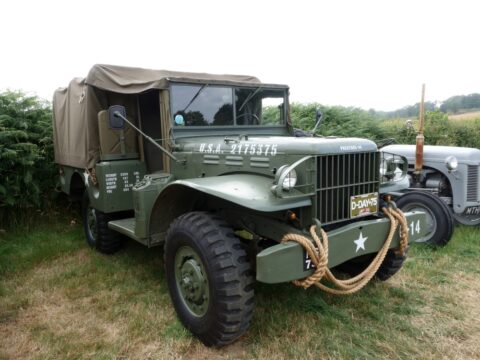Submarines have fascinated us for over a century with their incredible feats of engineering. From the early prototypes to today’s advanced underwater vessels, the innovations in submarine technology have been nothing short of remarkable. In this article, we’ll explore 17 unbelievable engineering feats in submarine history that showcase the ingenuity and determination behind these extraordinary machines.
Contents
H.L. Hunley (1863)
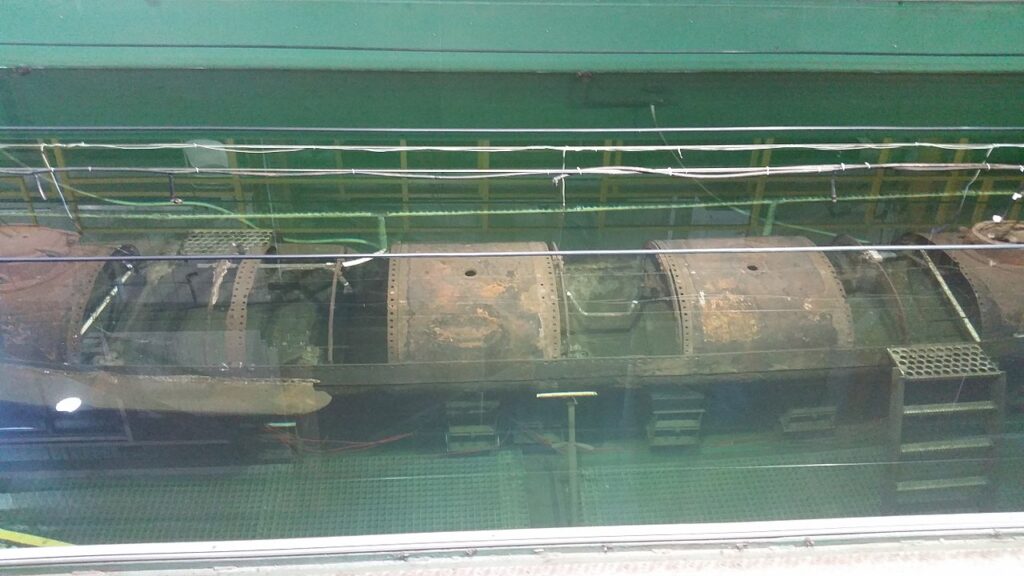
The H.L. Hunley was the first successful combat submarine, making history during the American Civil War by sinking the USS Housatonic. This engineering feat showcased the potential of submarines in warfare, utilizing hand-cranked propulsion and spar-mounted torpedoes. Despite its success, the Hunley and its crew were lost, emphasizing the dangers faced by early submarine pioneers.
Holland VI (1897)
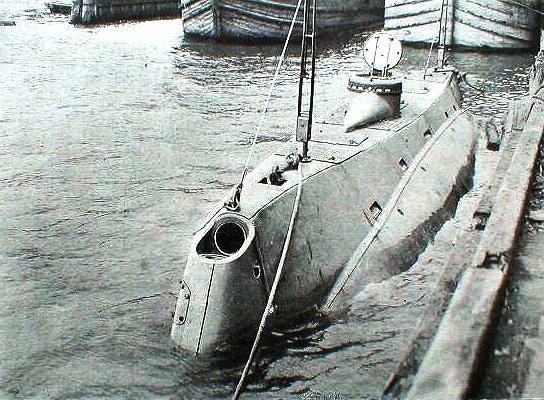
The Holland VI was the first modern submarine, integrating a gasoline engine for surface travel and electric batteries for submerged operations. This innovation by John Philip Holland set the standard for future submarine designs, combining improved underwater endurance and maneuverability. The Holland VI marked the transition from experimental vessels to practical, operational submarines.
U-20 (1915)

The German U-20 became infamous for sinking the RMS Lusitania during World War I, highlighting the strategic importance of submarines in naval warfare. This U-boat exemplified the use of submarines for unrestricted submarine warfare, showcasing their ability to disrupt enemy shipping and create significant geopolitical impacts.
USS Nautilus (1954)

The USS Nautilus was the world’s first operational nuclear-powered submarine, revolutionizing submarine endurance and capabilities. With its nuclear reactor, the Nautilus could remain submerged for extended periods, enabling long-range missions without surfacing. This breakthrough set the stage for modern submarine operations.
Dreadnought (1960)
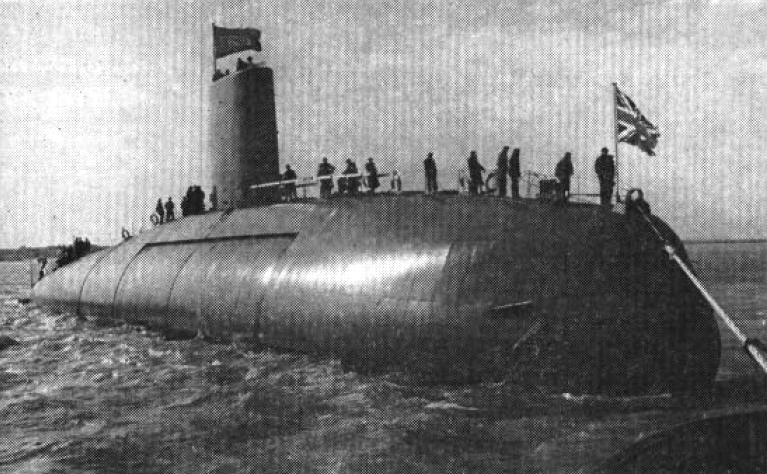
The UK’s first nuclear-powered submarine, the Dreadnought, marked a significant step in British naval engineering. Utilizing a reactor designed in collaboration with the United States, the Dreadnought demonstrated the power and efficiency of nuclear propulsion, enhancing the Royal Navy’s strategic capabilities during the Cold War.
Alvin (1964)
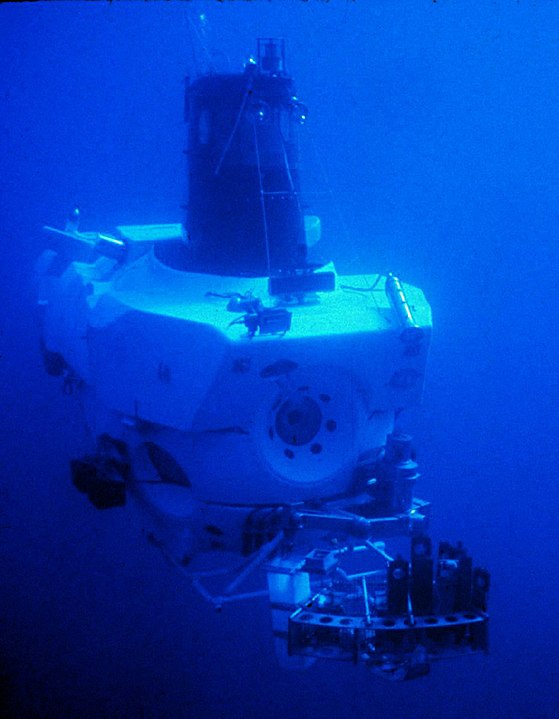
The deep-diving submersible Alvin achieved fame for exploring the wreck of the Titanic and advancing marine biology and geology. Capable of reaching depths of over 4,500 meters, Alvin’s engineering allowed scientists to explore the deep ocean in unprecedented detail, contributing to numerous scientific discoveries.
Typhoon-class (1981)
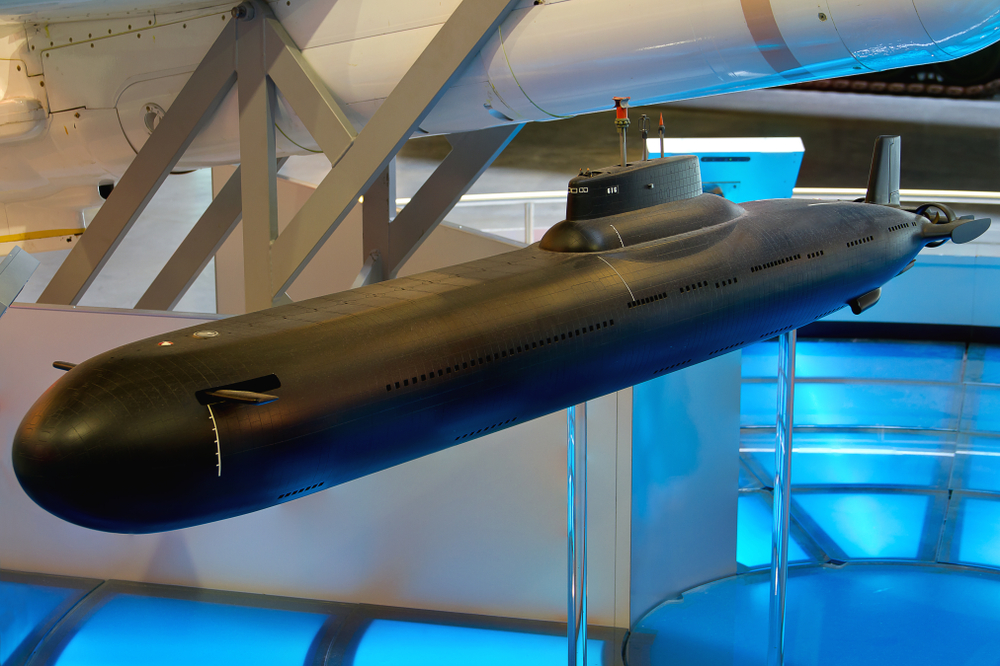
The Typhoon-class submarines are the largest ever built, capable of carrying 20 nuclear missiles and featuring advanced stealth technology. These Soviet giants were designed for strategic deterrence, with immense size, firepower, and the ability to remain hidden beneath the ice of the Arctic, ensuring second-strike capability.
Seawolf-class (1997)

Seawolf-class submarines are known for their quiet operation, advanced sonar systems, and exceptional combat capabilities. Designed to counter advanced Soviet threats, these submarines feature enhanced stealth, high-speed maneuverability, and the ability to deploy a variety of weapons, making them formidable assets in underwater warfare.
USS Jimmy Carter (2005)
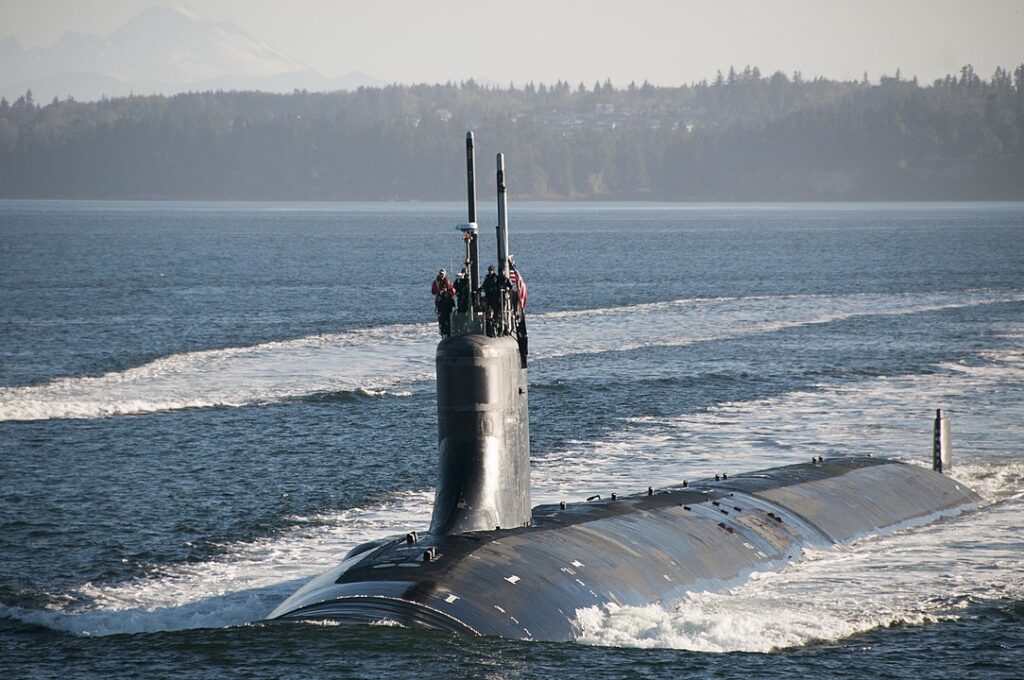
The USS Jimmy Carter, an advanced Seawolf-class submarine, was modified for special missions, including intelligence gathering and underwater reconnaissance. This submarine’s unique modifications, such as its multi-mission platform, allow it to perform covert operations, making it one of the most versatile and secretive vessels in the US Navy.
Trieste (1960)
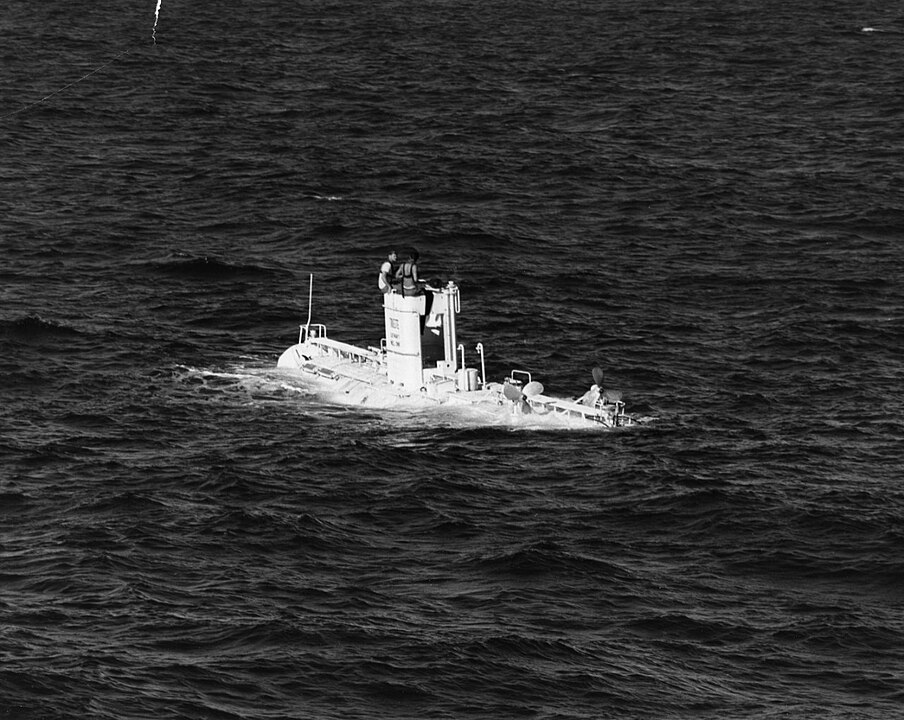
The bathyscaphe Trieste made history by reaching the deepest part of the world’s oceans, the Challenger Deep in the Mariana Trench. This engineering marvel, designed by Swiss engineer Jacques Piccard and funded by the US Navy, withstood extreme pressures at depths of nearly 11,000 meters, opening new frontiers in deep-sea exploration.
Kursk (1994)
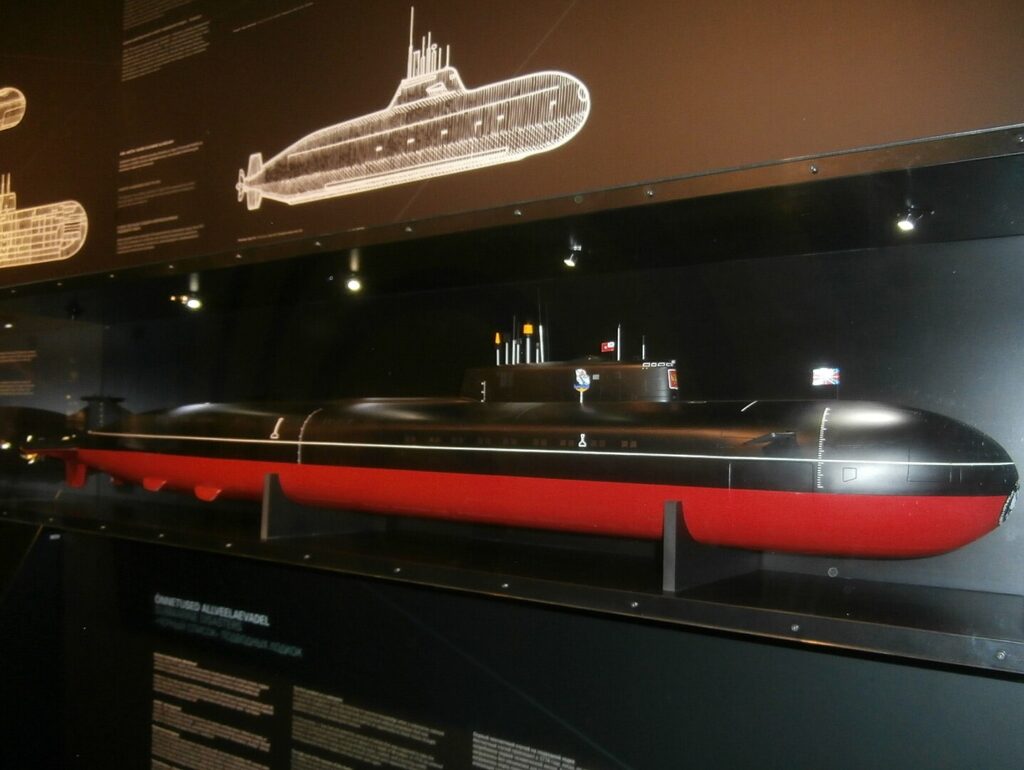
The Russian Oscar II-class submarine Kursk was known for its size and powerful missile armament. Equipped with 24 P-700 Granit cruise missiles and advanced torpedo systems, the Kursk was a formidable vessel in the Russian Navy. Its tragic sinking in 2000 highlighted the importance of submarine safety and emergency preparedness.
Oscar-class (1980)
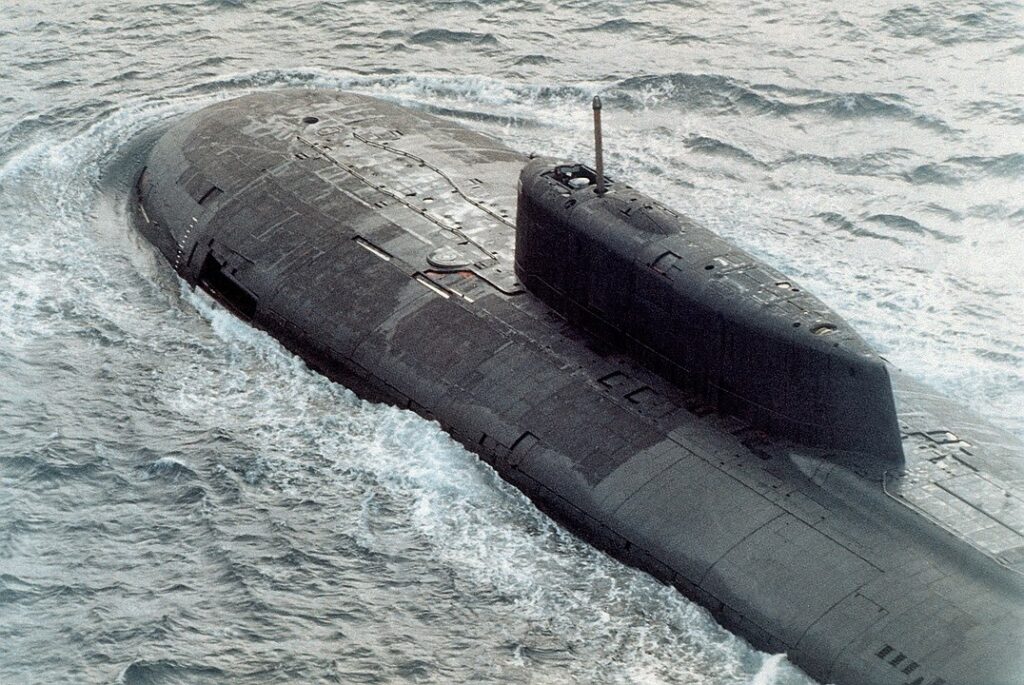
The Oscar-class submarines were designed for high-speed, long-range attacks with cruise missiles. These Soviet submarines featured double hulls for increased survivability and were armed with anti-ship and land-attack missiles, enhancing their strategic strike capabilities during the Cold War.
USS Ohio (1981)
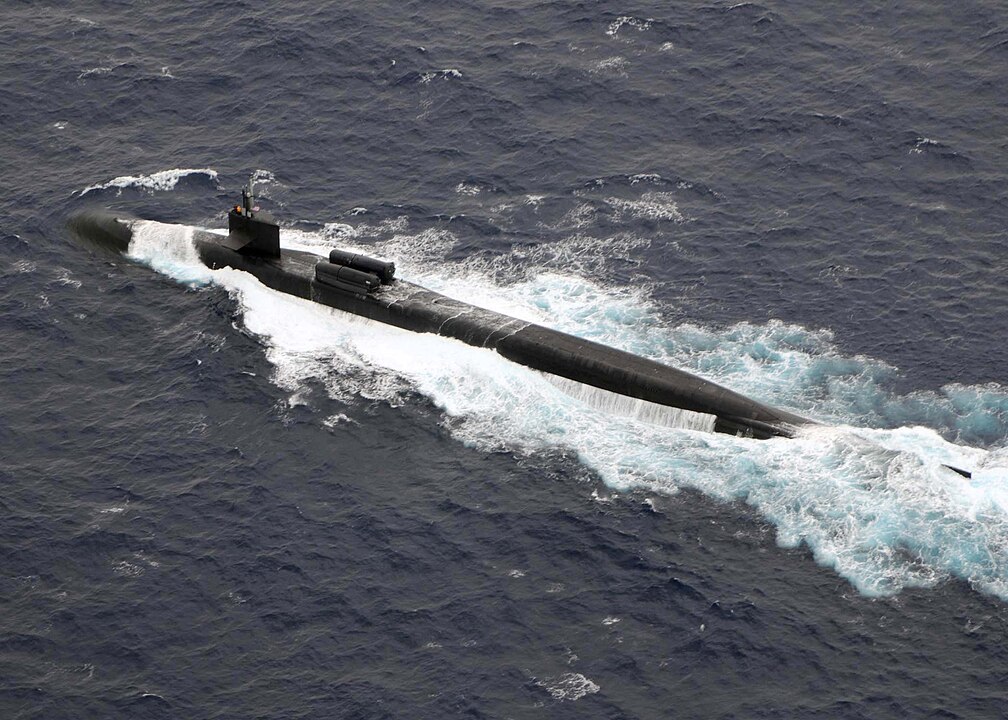
The lead submarine of the Ohio class, the USS Ohio, is capable of carrying 24 Trident II missiles, representing the backbone of the US strategic deterrent force. These submarines are engineered for stealth and endurance, providing a reliable and powerful means of nuclear deterrence.
Los Angeles-class (1976)
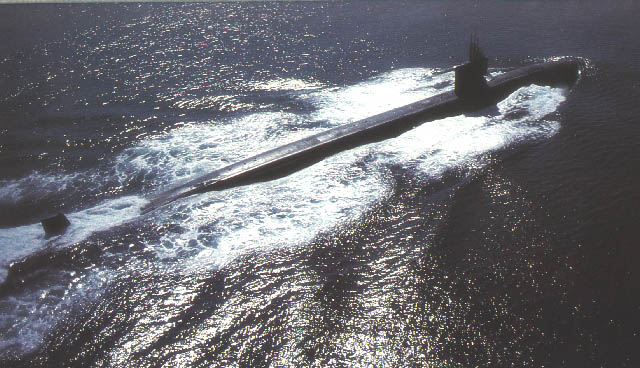
The Los Angeles-class submarines are fast attack submarines known for their versatility and advanced technology. With superior sonar systems, quiet operation, and the ability to launch Tomahawk cruise missiles, these submarines have been integral to the US Navy’s operations since the Cold War.
Delta-class (1973)
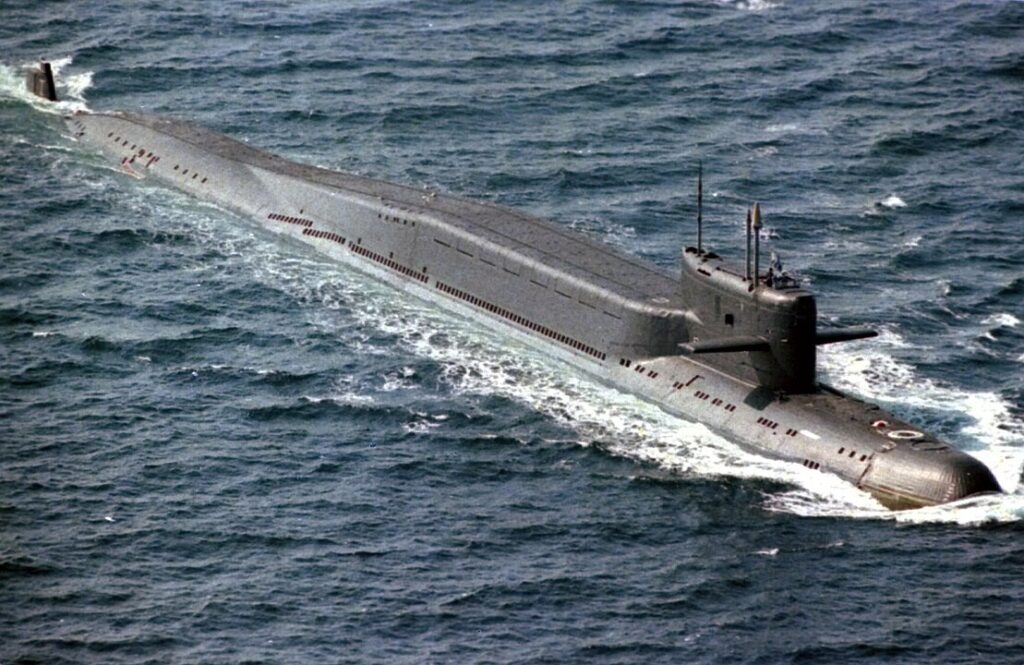
The Delta-class submarines are a series of Soviet ballistic missile submarines designed for long-range nuclear deterrence. With multiple variants, these submarines have been central to the Soviet and Russian navies’ strategic capabilities, featuring advanced missile systems and enhanced stealth features.
Astute-class (2010)
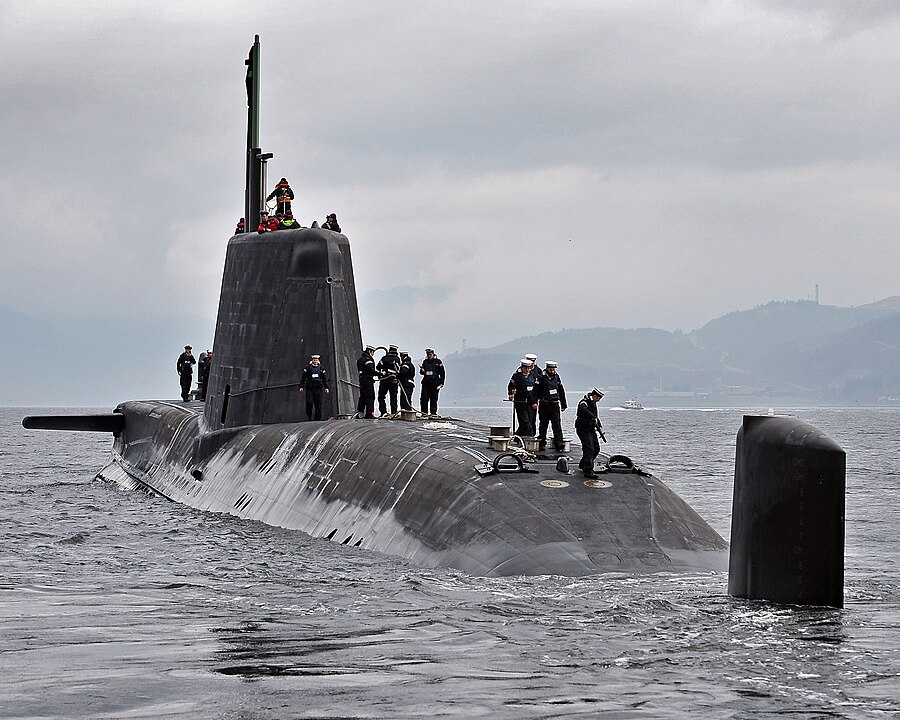
The Astute-class submarines are the latest class of nuclear-powered fleet submarines in the Royal Navy, known for their stealth and advanced weaponry. These submarines feature state-of-the-art sonar systems, a nuclear reactor that doesn’t require refueling, and the ability to launch Tomahawk missiles, ensuring their role as cutting-edge combatants.
Borei-class (2013)
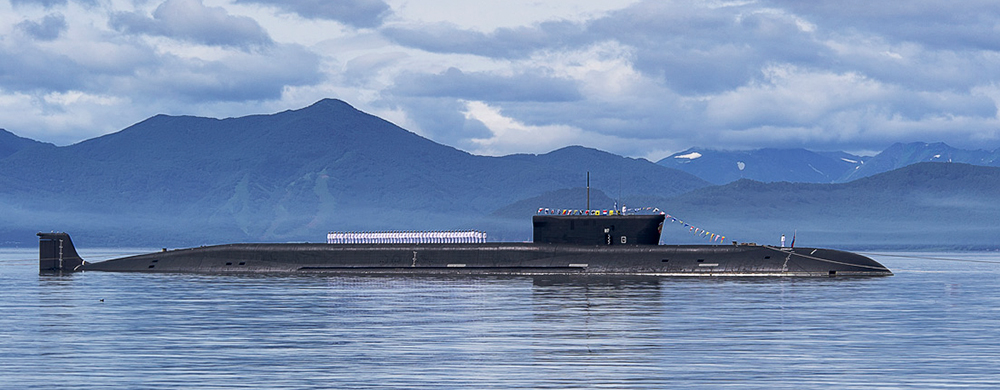
Russia’s Borei-class submarines represent the newest generation of strategic nuclear submarines, featuring advanced stealth and missile systems. Equipped with the Bulava missile system and designed for reduced acoustic signature, these submarines enhance Russia’s second-strike capability and strategic deterrence.
This article originally appeared in MyCarMakesNoise.
More from MyCarMakesNoise
12 Must-Know Facts About the Incredible Lamborghini Aventador
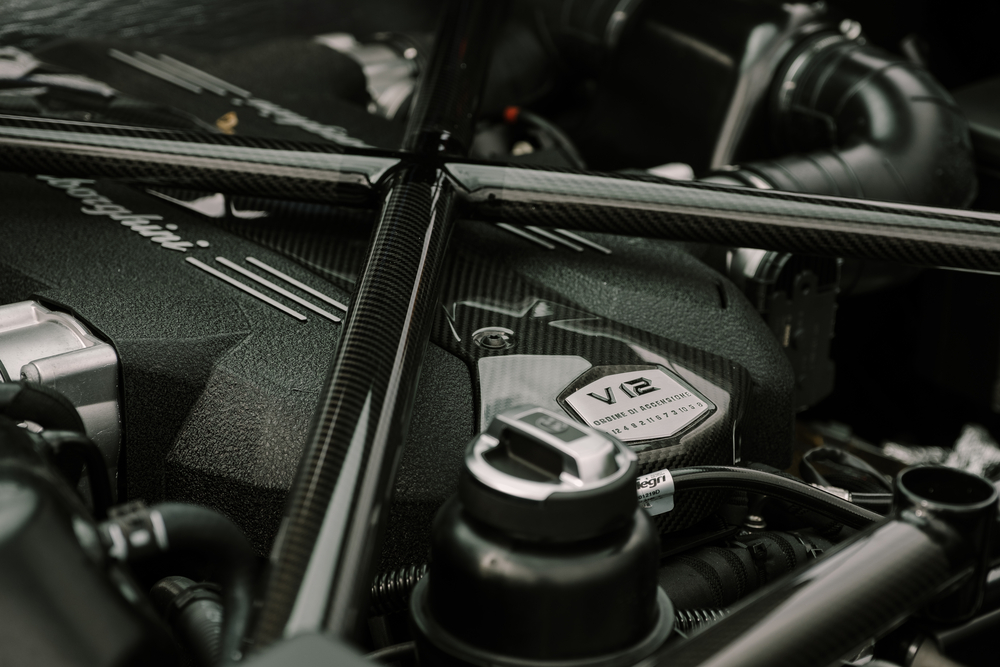
The Lamborghini Aventador is a masterpiece of automotive engineering, blending incredible performance with stunning design. This iconic supercar has captured the hearts of enthusiasts worldwide. Read More.
13 Top Engine Oils That Will Keep Your Car Running Smoothly

Keeping your car running smoothly and efficiently requires the right engine oil. In this list, we’ve compiled the 13 best engine oils your car will thank you for. These top picks offer superior protection, enhance performance, and ensure your engine stays in peak condition. Read More.
25 Exciting Sports Cars You Can Still Drive with a Manual Transmission

For those who love the pure, unfiltered connection between driver and machine, the manual transmission remains a cherished feature. In a world increasingly dominated by automatic gearboxes, a select group of sports cars continues to offer the thrill of shifting gears manually. Read More.



